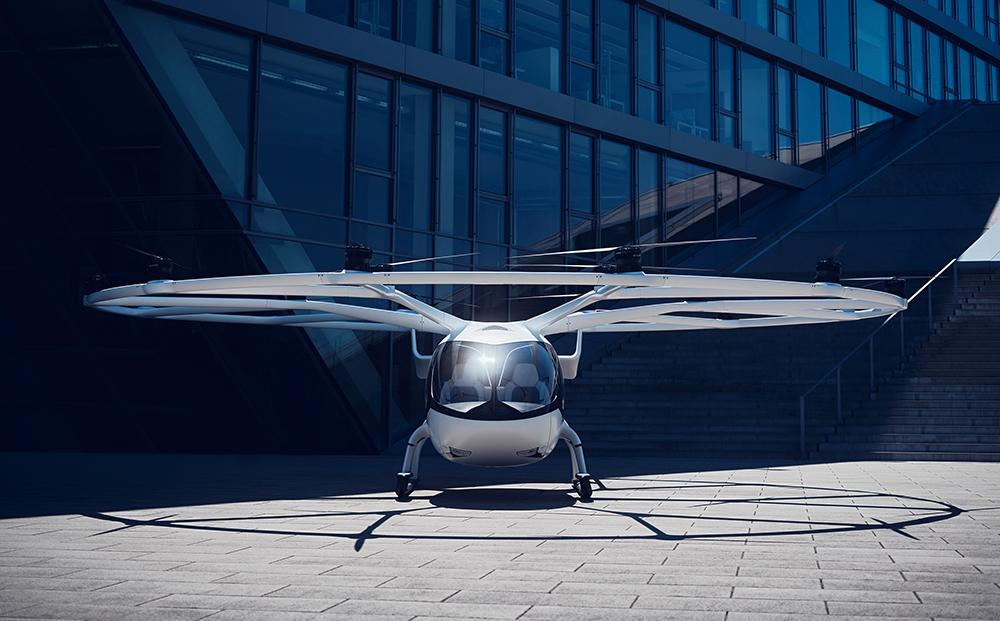
The VoloCity, Volocopter's two-seat electric air taxi.
Credit: Volocopter
German urban air mobility startup Volocopter is laying maintenance groundwork for operations of its VoloCity electric-vertical-takeoff-and-landing air taxis, which it aims to begin operating commercially in 2024. To digitally manage its maintenance operations, Volocopter is turning to MRO software...
Subscription Required
This content requires a subscription to one of the Aviation Week Intelligence Network (AWIN) bundles.
Schedule a demo today to find out how you can access this content and similar content related to your area of the global aviation industry.
Already an AWIN subscriber? Login
Did you know? Aviation Week has won top honors multiple times in the Jesse H. Neal National Business Journalism Awards, the business-to-business media equivalent of the Pulitzer Prizes.




